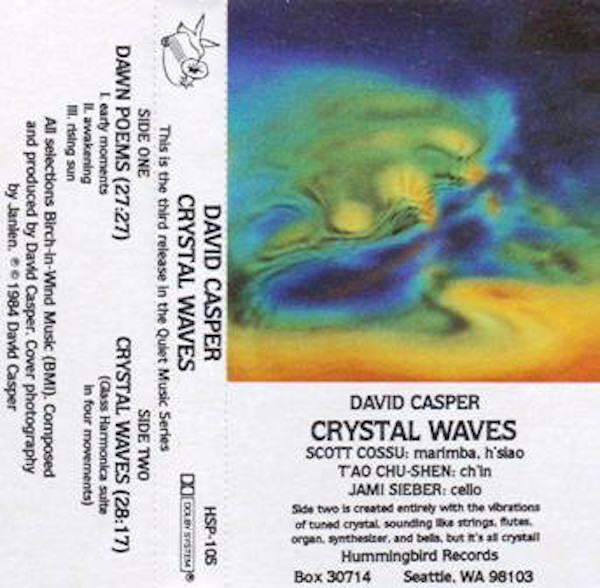
The first of three records by Paraíba-born poet, percussionist, and composer Fernando Falcão, recorded in Paris in 1979 and released independently two years later. I realize that I’m a broken record, but this one is truly uncategorizable–and while that word can frequently connote records that are too challenging to be fully enjoyable, too ambitious for their own good, or just plain incoherent, Memória Das Águas is an utter pleasure from beginning to end.
“What?” you will think to yourself when you listen to it, which you should. “Who is this guy? Had he been quietly making music for decades under a pseudonym before releasing this? How else does something this orchestral in scope spring out fully formed on the first try? Why does he share a name with a Northeastern municipality?” you will ask after you’ve Googled him. “How’s his poetry? Is this a hoax? When is this getting reissued?” These are all questions I also have, which is to say, I’m sorry, I have no answers. All I have for context is that Fernando Falcão makes an appearance on the very good Outro Tempo compilation, which I suspect is how I landed here in the first place, but I’m not sure, as this record has been sitting in my “things to listen to” folder for months.
Memória Das Águas is a trip, moving seamlessly between swathes of avant murk, African polyrhythms, cinematic ambient flecked with field recordings, exuberant Brazilian jazz, maybe some Balinese Kecak influence, and a stripped down percussive number that, even in 2018, still sounds like the future. (I’ll say it again: 1979.) Instrumentally, that means cabasa, tumba, pandeiro, ganzá, contrabass, horn, flute, piccolo, piano, sax, timpani, violin, jug, and several different vocal ensembles. Functionally, it means this isn’t background music. Sometimes it feels like Geinoh Yamashirogumi; at others, it brings to mind the outside-of-time alien quality of Nuno Canavarro–and it is very much unlike either of those things. Try it–if you’re here, you’ll probably love it.









